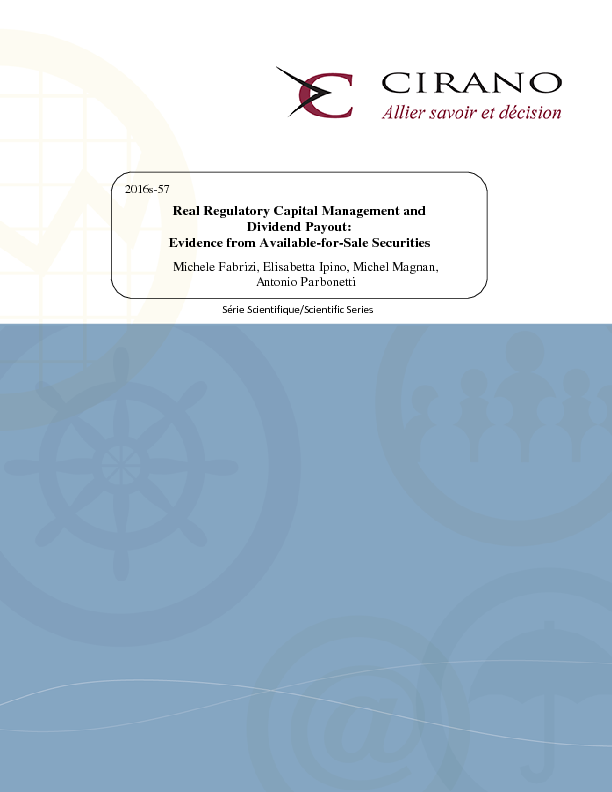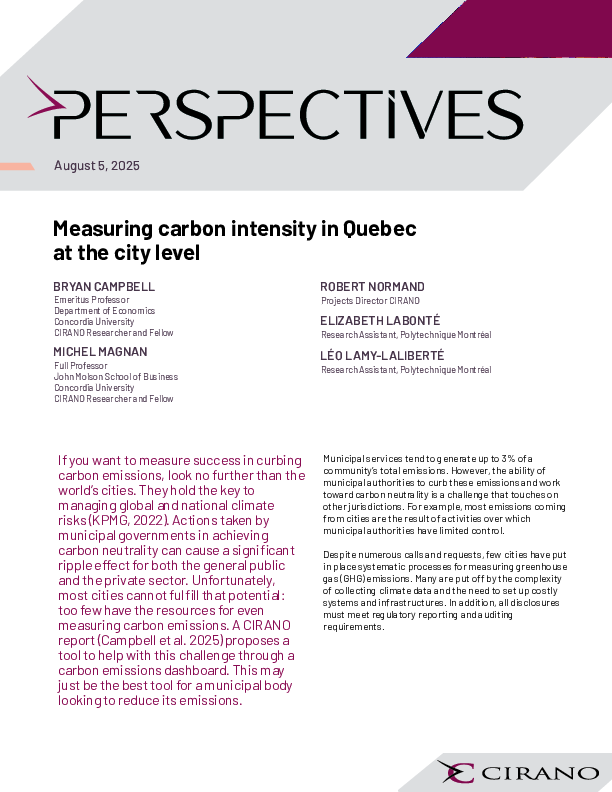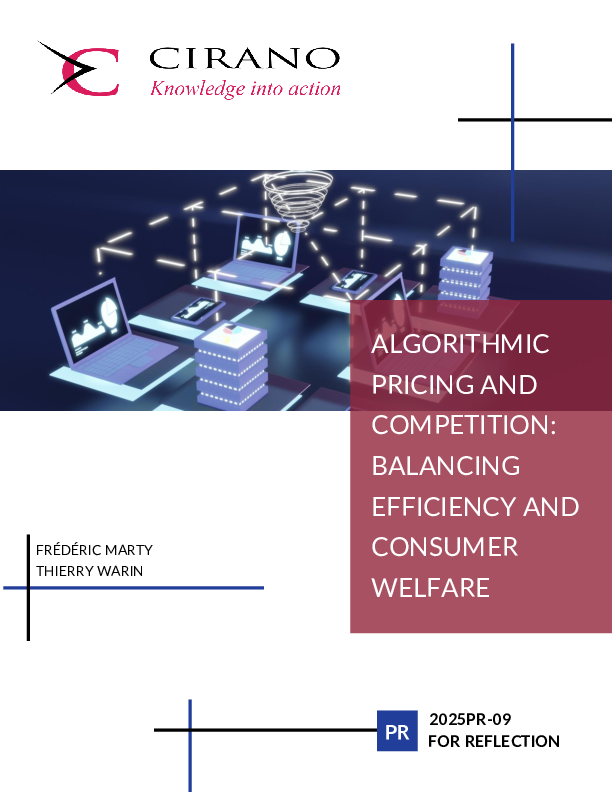Real Regulatory Capital Management and Dividend Payout: Evidence from Available-for-Sale Securities
The
2007–2009 financial crisis has re-ignited a long-running debate about the
relative merits of historical cost accounting (HCA) or fair value accounting as
foundations for prudential oversight, including the calculation of regulatory
capital. Available-for-sale securities provide a good setting to further
explore this issue. Using a sample of 5,333 firm-year observations representing
721 unique U.S. banks and bank holding companies between 1998 and 2013, we present
evidence that regulatory capital based on HCA induces banks to engage in gains
trading activities to improve their capital position and pay dividends. We also
document that banks experiencing a decrease in regulatory capital and banks
with a higher percentage of institutional investors are more prone to engage in
gains trading to pay dividends. Finally, our findings reveal that to
counterbalance the increased risk, banks change their lending behavior and
decrease the riskiness of their trading portfolios. Overall, our results reveal
the potential side effects linked to the use of HCA as a foundation to compute
regulatory capital and suggest that HCA is not a panacea.
[ - ]




